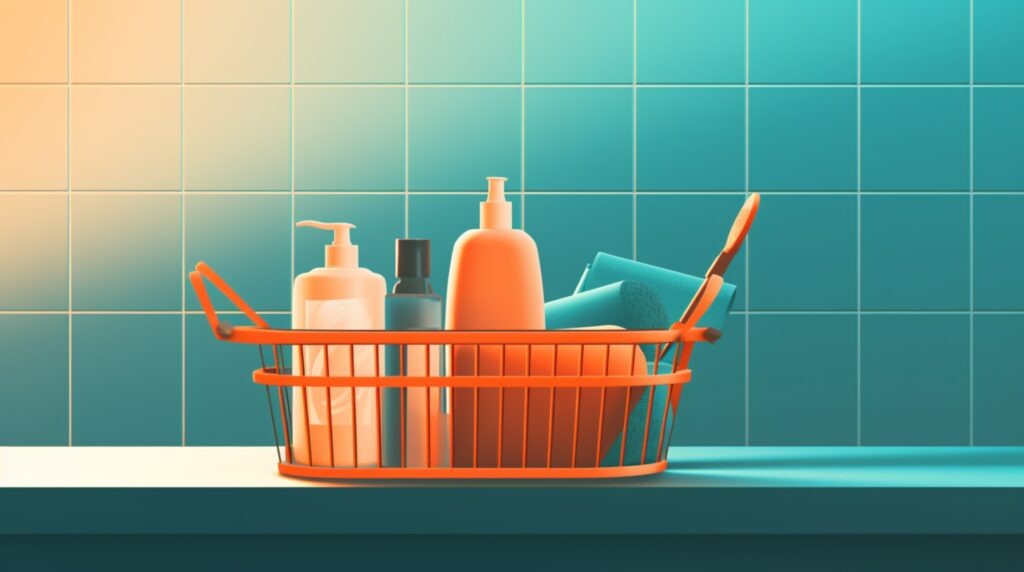
We are reader-supported. When you buy through links on our site, we may earn an affiliate commission.
Living in an older home comes with classic architecture, well-loved rooms and a wealth of history. There is something about walking in the footsteps of other families that connects us to the very core of being human. While older homes are incredibly valuable, there are certain concerns to be on the lookout for as you enter a new stage of house cleaning, such as lead paint.
Lead paint was officially banned in the United States in 1978, so most homes built before this time contain lead in their doorways, closets and furniture. Lead is a naturally occurring metal exacerbated by mining and manufacturing practices with fossil fuels. Unfortunately, this hazardous material was once in everything from paint to batteries to makeup.
We know the dangers of breathing in lead-based fumes today, so it is best to monitor your home for signs that lead paint is damaged or cracked. Thankfully, this material is only hazardous when it is damaged or in a high-traffic part of the home, like windowsills and railings.
Protect your health and your family today by exploring how to identify lead paint in an older home.
Dangers of Lead Poisoning
Lead paint is toxic in various ways, from breathing in fumes to consuming paint chips and absorbing particles through the skin. Once inside our bodies, the lead settles in the bone marrow which causes a variety of short and longer-term symptoms.
In the immediate range of symptoms, those exposed may find:
- Chest and abdominal pain
- Weakness and fatigue
- Loss of memory and recall
- Constipation
- Mood swings and irritability
- Headaches
- Pain or tingling in extremities
It is easy to see how lead poisoning is difficult to spot. These short-term symptoms are not entirely unique and could be mistaken for other illnesses. Therefore, learning how to identify lead paint is crucial to understanding the warning signs here. As exposure heightens, the symptoms can range up to anemia and brain damage.
In the longer term, lead poisoning can lead to:
- High blood pressure
- Heart disease
- Kidney disease
- Issues with fertility
- Cancers
The danger is particularly real for children who are more likely to contract poisoning from eating discarded paint chips or absorbing particles more quickly on railings and windowsills. Their symptoms include developmental delays, hearing loss and seizures. For those with small children under 6 years old, strongly consider taking steps to identify if your home has exposed lead paint.
Steps to Identify Lead Paint
There are 3 easy ways to learn how to identify lead paint. With this knowledge, you can help your home be the safest and healthiest place to rest and recharge.
1. Explore Home Origins
About 9 out of 10 homes built before 1940 will contain some form of lead paint. Many rural towns in America are full of cheaper and older homes that contain lead even under layers of newer, healthier types of paint.
Read up on the origins of your home to see when it was built. If it was before the banning of lead in 1978, you may want to inspect for potential exposures.
2. Check for Damaged Paint
Again, unbroken lead paint is not dangerous unless it is frequently touched by residents. These areas are usually windowsills, doors, railings, closets and porches. Keep an eye out for bathroom and basement paint as well, as moisture is quick to wear down paint.
However, once you notice these signs on your paint, you will want to take action:
- Chipping
- Peeling
- Cracking or crackling
- Dampness
- Bubbling
Lead-contaminated dust from these places can absorb through touch or the air and cause dangerous symptoms.
3. Request Inspections
You can also buy at-home test kits. While these are generally not the most reliable option, the EPA approves a small list of kits that can recognize if lead paint is on wood, metal or drywall.
For more heavy-duty and reliable work, consider hiring a professional lead inspector. They use XRF analyzers with X-rays to measure the energy signature of the lead there. If the measure is more than 0.5 milligrams, the inspector can positively identify that there is lead present.
Strategies for Prevention
Once you’ve found lead-based paint in your home, there are a few options to consider. If the paint is unbroken, you can go forward with life as normal. As long as any children under 6 are not residents and high-traffic areas are clear of contamination, the paint will do no harm.
For best practices in the future, clean dusty areas regularly and clean high-traffic areas with water. Keeping a clean and clutter-free environment also wards against a build-up of moisture and dust that could someday exacerbate the problem.
In an older home, you know the ins and out of your experience and which areas should be monitored. However, if you are just now moving into an older home, keep an eye out for certain warning signs before you settle in. Catching these issues early ensures the safety of your family.
If there is peeling and chipping, try encapsulation methods. This involves adding a new coating of specialized paint to seal in the old layer of lead paint. The enclosure method also covers the issues with new drywall or aluminum coverings.
A Safe and Healthy Home
Everyone wants to keep their family safe and healthy, and often we hear misleading fear-mongering about lead paint. This is a serious issue and one to monitor in your own home, but remember that in a good amount of cases, the unbroken paint is not harmful to the homeowners.
In the future, remember how to monitor, ward off and protect against the effects of lead poisoning. Learning how to identify lead paint is the first step to leading the healthiest home lifestyle.










